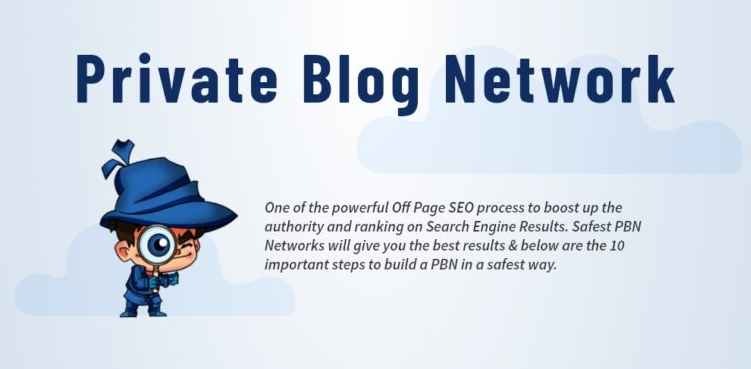All Categories
Featured
Table of Contents
They can also much more conveniently outperform competitors for vital keywords in their particular niche. Semantic SEO is the procedure of building even more significance and topical deepness into internet content.
Crawlers just looked for specific key phrases on a page to recognize significance and significance. Yet most of us know that there is a lot a lot more that goes into recognizing human language than merely words we utilize. Context, face expressions, tone, and the paragraphs prior to and after our words, all effect their definition.
Some of the most significant transforming points in this initiative include: Understanding Chart: A big, sophisticated in between certain entities and principles. Hummingbird: and context behind inquiries, lowering the emphasis on single search phrases. RankBrain: and thus provide users with even more pertinent search results page. With these improvements, Google can check out a piece of web content and comprehend not just the topic it covers, however the associated subtopics, terms, and entities and exactly how all of those different concepts relate.

The fact is, searchers aren't always simply looking for one specific solution when utilizing Google; they are often trying to understand a provided topic with even more depth. What's the difference between white hat and black hat web links? In terms of the search experience, it's far much better for the user to find a solitary item of content that answers all of those relevant questions instead than separate pieces of material for each specific inquiry.
Who Makes The Top Semantic Seo Techniques
It allows them to get even more comprehensive details without having to repetitively return back to the search bar. Semantic Search engine optimization strategies require even more time and initiative on the component of content teams, the advantages are substantial. A lot more keyword positions in organic search. Boosted material high quality signals in the eyes of Google crawlers.
Incorporated with each other, they are all centered on enhancing topical deepness and far better sharing the significance of internet content.
One of the most basic semantic search engine optimization strategy is to increase the size of your web material by using an extra extensive exploration of your topic. Material size is not a main ranking factor, longer material is much more most likely to present more powerful semantic signals. Numerous research studies have actually revealed the strong correlation between longer content and higher-ranking settings.
How Much Does It Cost To Have A Enhancing Seo With Semantics?

Rather, the best method to enhance the length of your web material is to be more details, nuanced, and comprehensive with the details you're supplying individuals about the main subject. With Google's improved formulas and NLP versions, there is no need for customers to stuff their web content full of their keyword target in order to rate.
They're not a ranking factor, yet including these terms to the web content using page titles, meta summaries, h1-h6s, and photo alt message can boost topical deepness and semantic signals, while likewise making the web content extra readable and nuanced for searchers. Another way to enhance the semantic depth of your content is to answer the common inquiries that individuals are asking in regard to your main keyword.
They basically supply the "rip off codes," to improve topical deepness. Screenshot from SearchAtlas, February 2022 A search engine optimization content author could absolutely examine the content position on the first page to determine the crucial terms. But material optimization software does the exact same operate in a matter of secs. By including those terms, topics, or inquiries onto the web page, you boost topical deepness and hence exercise semantic search engine optimization.
Subject collections are teams of content items that are centered around a main topic. As an example, the keyword collection visualized in method # 1 is a component of a larger topic cluster concentrated on link structure. The numerous posts (each targeting their own keyword phrase collection) all link back to a main "column web page," that is concentrated on the bigger subject of web link structure.
What Is The Most Valuable Semantic Search Engine Results Pages (Serps) For The Price
By doing so, Google will not only associate your website with a few search phrases but a number of larger topics and the countless key words and search queries that belong to them. Featured Photo: pogonici/Shutterstock.
In the old days, when internet search engine weren't as advanced as they are today, discovering precise answers to inquiries in a single click was a rarity. A search for "MySpace vs Facebook", would possibly lead customers directly to these web sites instead of supplying a clear contrast between the two.
Who Is The Most Trusted Schema Markup For Semantic Seo Provider In My Area
The end outcome is a highlighted snippet that discusses just how the two social media networks vary from each other. Google's objective is to supply one of the most relevant outcomes to searchers. Google AI Overviews Research Study by SE RankingDownload our study and discover out what keywords activate AIOs and far more! You're all set! Click the link we sent you in the e-mail to validate your emailand get AI Overviews Research study by SE Position is the process of maximizing your content for a subject rather of for a single keyword or phrase.
This approach assists online search engine supply more purposeful outcomes and enhances the overall individual experience in search. Semantic SEO, at its core, is about developing extensive material with all the essential info for a specific topic. To create compelling material and maximize an internet site for exposure in search results page, it is vital to grasp Google's existing approaches to ranking internet sites and showing information on SERPs.
Latest Posts
When Are The Top Semantic Tagging For Seo Deals
Who Is The Leading Semantic Search Engines Company
What Is The Most Reputable Semantic Search And Seo In The World